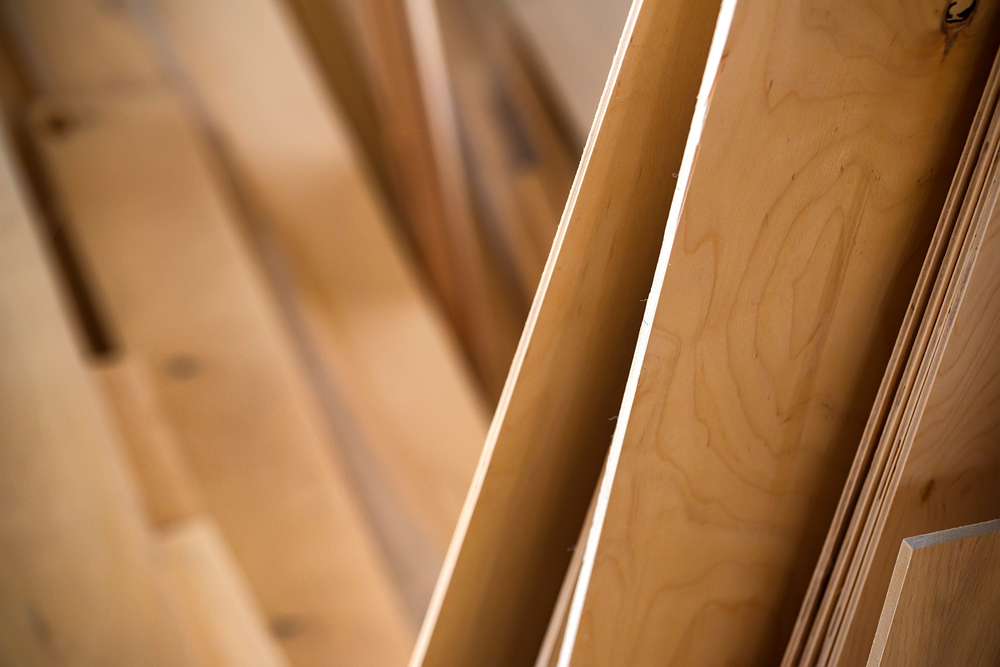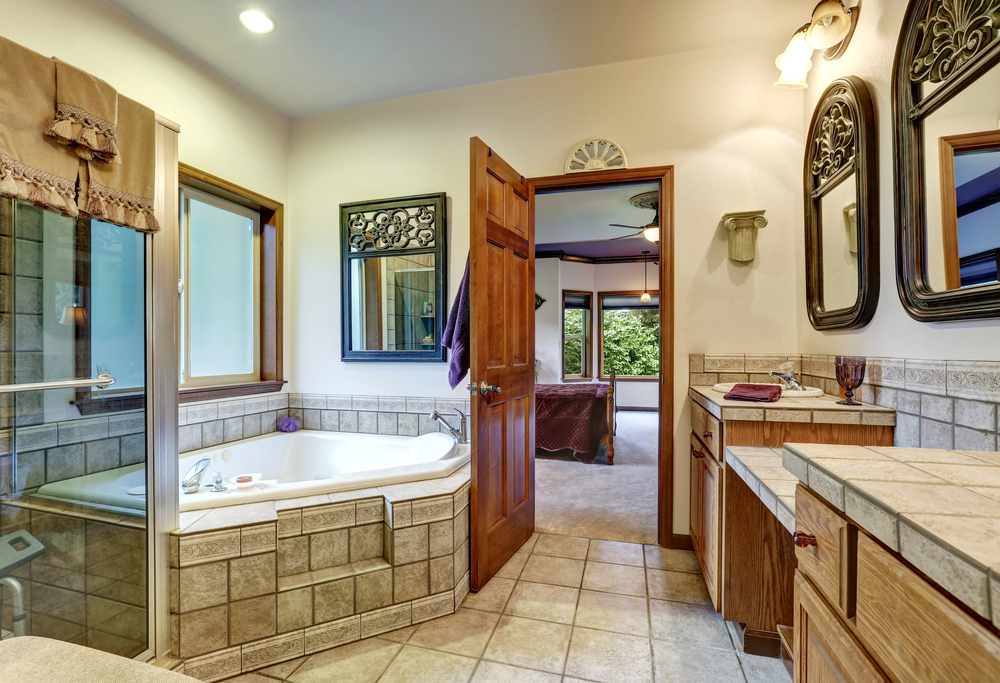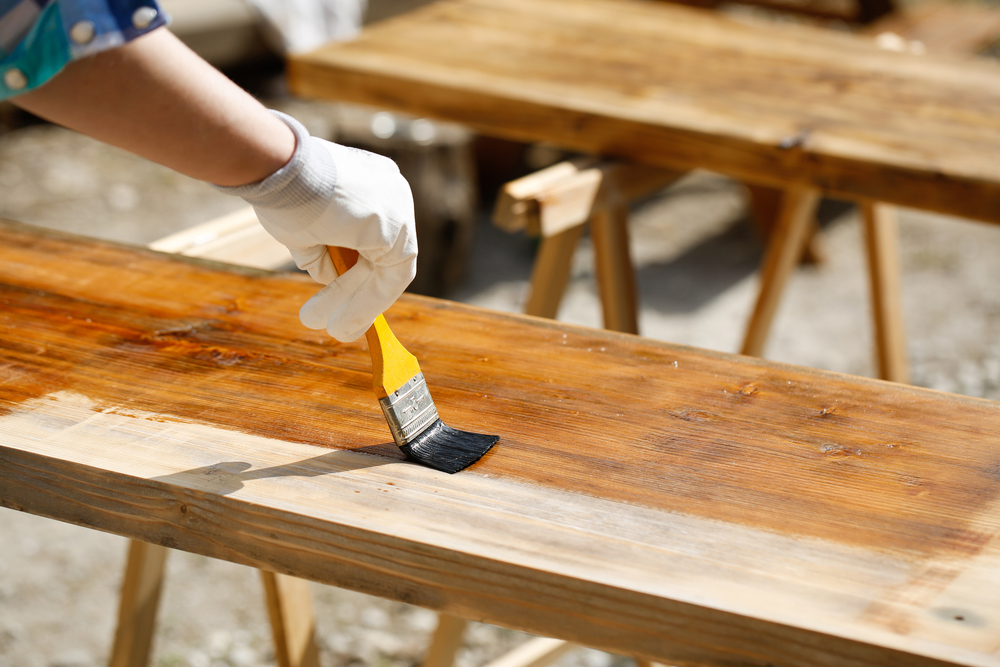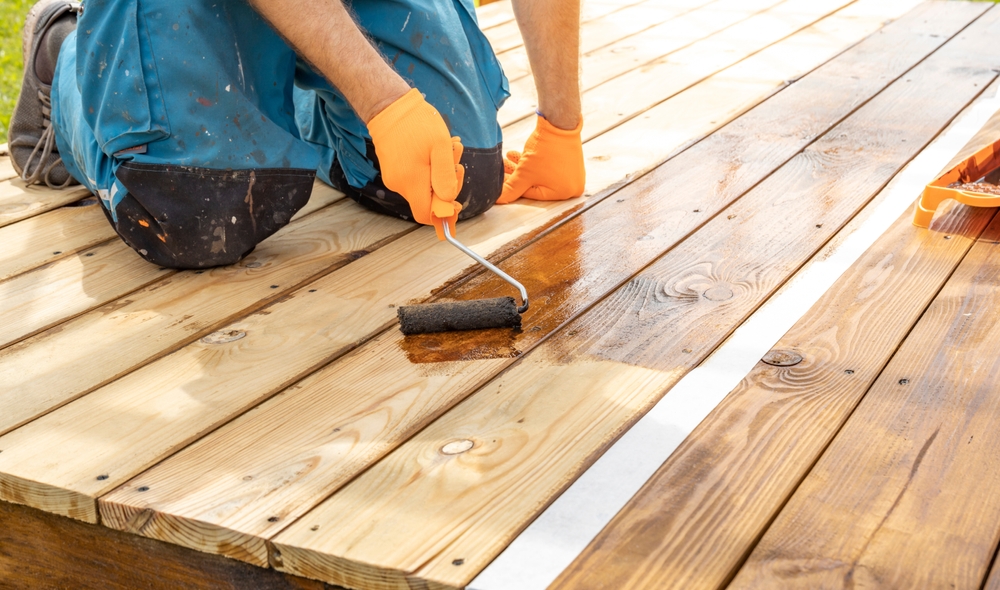Saltbox Roofs: A timeless architectural style with colonial roots, known for its asymmetrical design, space efficiency, and durability in harsh weather.
The Saltbox Roof: An Architectural Staple

Saltbox roofs are a defining feature of New England colonial architecture. They have unique asymmetrical profiles that add charm and functionality to historical and modern homes alike. Named for metal or wooden salt containers from colonial times, these roofs have stood the test of time. They continue to inspire home designs even today.
Origin of the Saltbox Roof
The saltbox roof originated in 17th century colonial America. Early settlers needed simple and affordable ways to expand their homes. Building materials were scarce, so they got creative. Homeowners added lean-tos, extensions with sloping roofs, to the back of their homes. This practical solution maximized space and required minimal resources.
The distinct shape of the saltbox roof resulted from these expansions. It features a long, pitched roof that slopes downward to the one-story back of the house. Its silhouette resembles a wooden box used for storing salt, leading to its name.
Structural Features
The saltbox roof has a long and steep slope on one side and a shorter, shallower slope on the other. This gives it an A-frame appearance from the front, tapering down the back. The pitch of the roof was originally meant to combat heavy snowfall, allowing precipitation to slide off easily.
- Asymmetrical Design: One side often extends further than the other.
- Gable Type: The roof features a gabled front, with each side of the gable having different dimensions.
- Efficient Rain and Snow Shedding: The steep roof design helps in climates with heavy snowfall.
Materials Used
Historically, saltbox roofs were constructed with wood shingles or slate. These materials were abundant and aligned with the natural aesthetics of the rural landscapes. Modern saltbox roofs sometimes incorporate asphalt shingles, metal, or even modern composites. The choice of material affects not only the appearance but also the insulation and durability of the roof.
Advantages of Saltbox Roofs
Saltbox roofs offer several advantages beyond their aesthetic appeal. The sloping rear roofline often covers what can be an extended living area at the back, offering more indoor space without needing a full two-story structure. This design is both practical and energy-efficient.
- Space Efficiency: Extra room is gained under the steep slope.
- Sturdy and Durable: Built to withstand harsh weather conditions.
- Lower Maintenance: Sloped design reduces debris accumulation.
Challenges and Considerations
While saltbox roofs have numerous benefits, they also present challenges. The asymmetrical design can complicate structural planning and increase construction costs. The uneven roof lines might limit window placement and interior light in the extended sections of the house.
- Construction Complexity: Requires more precise craftsmanship.
- Lighting Concerns: May restrict natural light in some areas.
- Initial Costs: Custom framing can add to expenses.
Modern Adaptations
Todays’ architects have adapted and modernized the saltbox roof. Modern homes feature energy-efficient materials and technologies while retaining the classic silhouette. Some designs even incorporate solar panels seamlessly due to the angle of the roof, enhancing energy efficiency.
Though less common in urban areas, saltbox roofs complement rustic and rural settings well. They are popular in country homes and cottages where land is more available, allowing the roof’s unique profile to shine.
Restoration and Preservation
Preserving historical homes with saltbox roofs requires careful attention to original materials and structural integrity. Restoration efforts often focus on replacing aging components with modern materials that mimic traditional ones. Maintaining the architectural authenticity of the roof can preserve the historic value and charm of these homes.
Conclusion
The saltbox roof is more than just a design element. It represents ingenuity, practicality, and architectural heritage. From early colonial times to contemporary adaptations, this roofing style continues to be a key aspect of American home design. The saltbox roof’s distinctive profile and practicality ensure it remains beloved and influential in both traditional and modern architecture.






